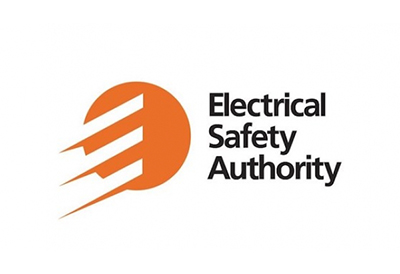Carleton University to Get Co-Generation Plant

Sept 10, 2018
Carleton University expects to fire up a new co-generation plant at its Ottawa-based campus next spring as the post-secondary institution implements its sophomore energy master plan.
The decision to install a co-generation plant stemmed from an evaluation of existing equipment for its ability to satisfy the anticipated heating and cooling needs of the projected campus build-out, says Darryl Boyce, assistant vice-president of facilities management and planning. Evaluation found that the steam-heating system was not up to the task. Its boilers were old enough to have gone through the public school system and graduated from university at least twice.
“We needed a reliable source of energy to provide the heat for the campus,” says Boyce. “And, at the same time, we realized we would benefit from lower cost electricity from the same system if we put in a co-generation plant.”
Only 60% of the electricity consumed by the campus is expected to come from the grid once the installation is operational. The remainder will be generated on site. The installation, a 4.6-megawatt turbine powered by natural gas, will be accompanied by a heat recovery boiler, which will take over steam production, boosting its efficiency by a projected 7-9%.
All told, Carleton University expects to generate energy savings of 17% through the implementation of its updated energy master plan, which covers the years 2018 through 2021. The plan will see seven buildings undergo energy retrofits including equipment optimization and lighting upgrades. The post-secondary school is striving to further the results it achieved between 2014 and 2017 as it eyes an overall target of trimming energy use by 2% per year on its growing campus.
Achievements to date
Working with Honeywell, its energy services partner, Carleton University was able to shed 2,693,988 kilowatt hours from its yearly electricity bill through the implementation of its first energy master plan, as well as 25,247 cubic metres from its yearly water bill and 19,076 cubic metres from its yearly natural gas bill. This worked out to an average energy and water savings of 16% across five buildings.
Honeywell helped the post-secondary institution zero in on good candidates for retrofits based on facility conditions captured in an audit. Once Carleton University shortlisted the buildings with the most room to improve operationally, the energy services partner itemized potential projects and expected outcomes for each.
Sub-meters were installed in all of the buildings that underwent retrofits to monitor process loads, such as those generated by the operation of a printing centre, as Carleton University confirmed that the projects achieved the savings promised by its energy services partner.

















